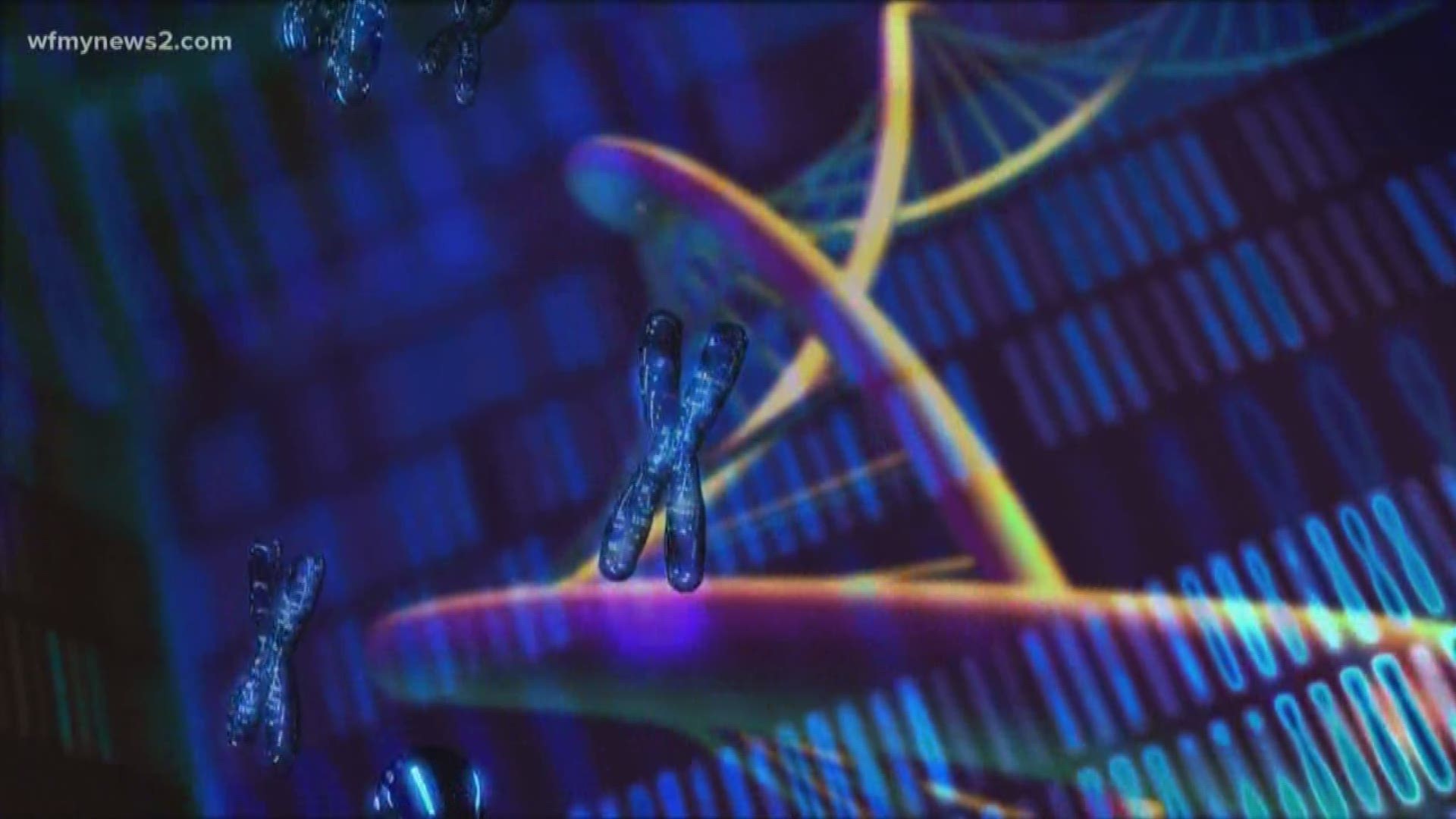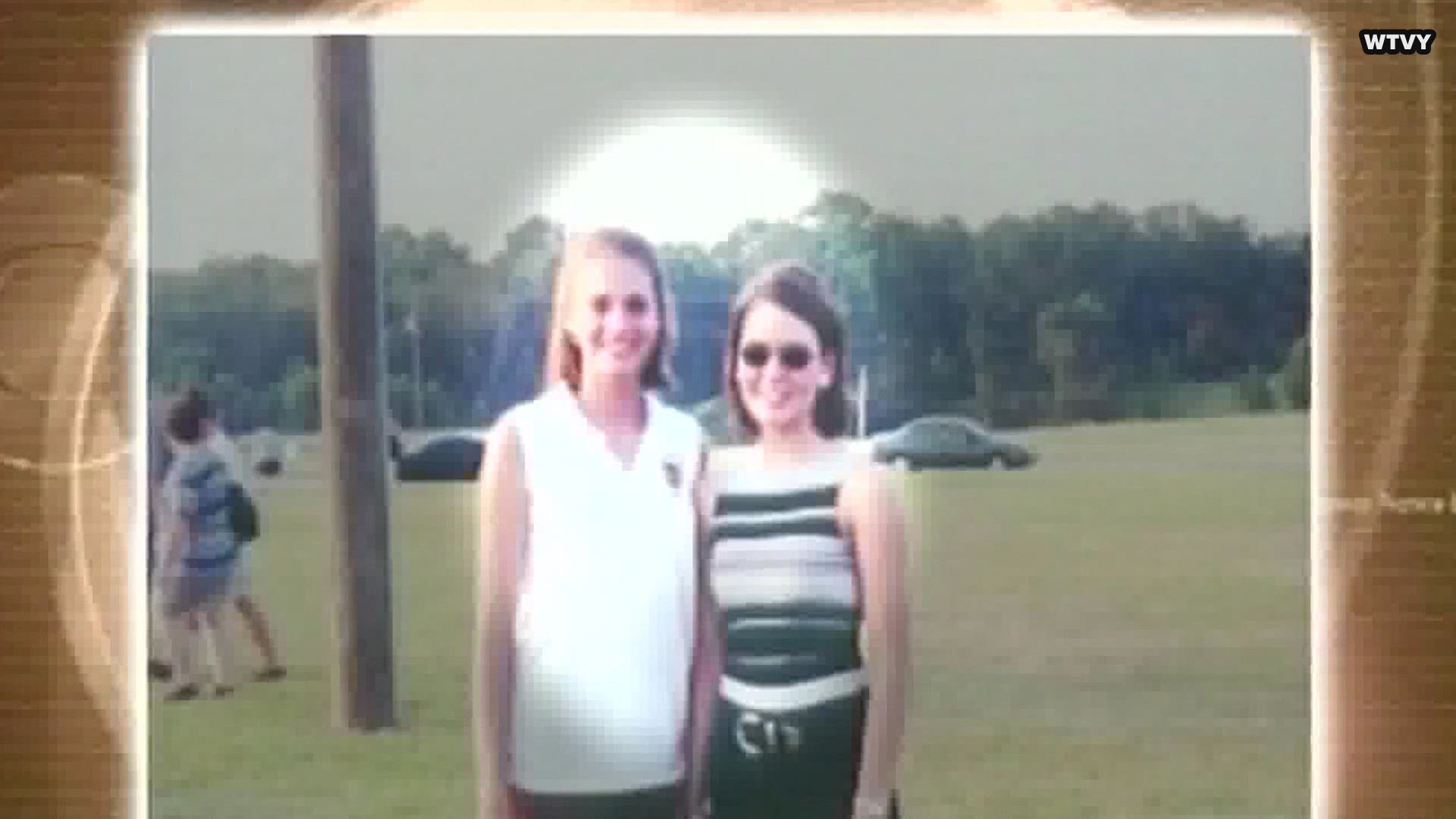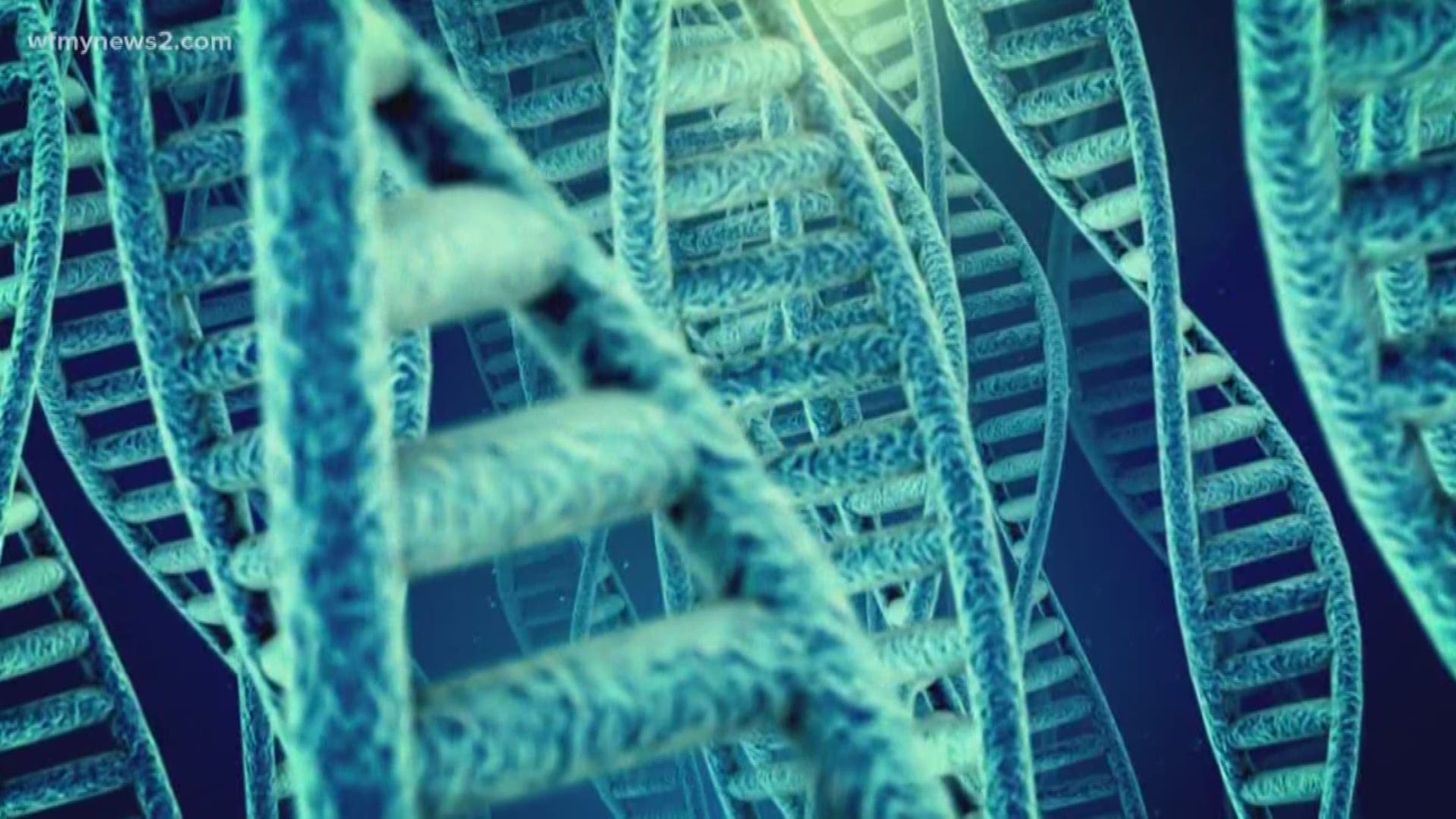WINSTON-SALEM, N.C. — A 20-year-old murder case is finally closed and authorities have credited a public genealogy database. Alabama investigators arrested a pastor, Coley McCrane, 45, earlier this week. They say he killed 2 teenage girls back in 1999. Officials were able to track him down through the public database, GEDMatch.
Investigators found a relative on the site who had signed up to genealogy sites like Ancestry.com and 23 and Me to build their family tree. Authorities were then able to match DNA in their possession to identify McCraney as a suspect. This is just one of several cases being solved in this manner and it is gaining traction nationwide.
Before now Law enforcement was only able to match DNA evidence collected at crime scenes or through Rape Test Kits to what was already in their database.
That database is called the Combined DNA Index System or CODIS.
It helped put Horace Stokes, Jr. behind bars for a 1990 rape in Winston-Salem. WIth funding form the State government, local authorities have now begun to review DNA from old rape kits to clear a backlog of unsolved sexual assault cases.
"We were able to apply new technologies to some of our old cases and that gave us the opportunity to submit DNA evidence that we had in that case and we were able to find a match," said Lt. Eric Montgomery, Winston-Salem Police.
Police are reviewing 283 rape kits with the funding.
"We'll review cases periodically but as technology advances, it gives us the opportunity to be able to go back and revisit some of those old cases. There is evidence that will collect today that we may not have the technology to test and 10 years from now we'll have the ability to test it and that's basically what's happened," added Montgomery.
While the department is yet to apply the genealogy technique, other law enforcement agencies are beginning to look toward the available database of DNA which people are volunteering. Experts say as people continue to sign away DNA sample to online genealogy sites, they are helping to create a parallel database.
Officials say there are about 2 million entries on open DNA sources like GEDmatch which are now available to law enforcement.
"Companies are saying would you like to share this for research purposes but it is the unintended consequences of what is the company doing with it in research and can it be used to track other people down," said Steven Friedland, an associate dean at Elon University School of Law.
"This is the future. Basically, the police and others are going to try to now solve cold cases based on DNA," added Friedland.
While consent is required on services like Ancestry and 23 and Me to directly share your data for research.
RELATED: Took a DNA test? You might be a 'genetic informant' unleashing secrets about your relatives
A simple request to expand your search for relatives, which most people doing genealogy research do, can put your DNA on various public databases.
It's how authorities also identified Joseph James DeAngelo as the Golden State Killer.
"It's the unintended consequences, sometimes the distance cousin's information can be used to arrest another member of the family which is what is happening," said Friedland.
The experts say that all it takes just one, even a distant family member consenting to share their DNA on a public database to give access to law enforcement seeking a DNA match to crack a cold case.
They add to read the entire agreement including the fine prints and make sure you understand the questions you're asked and where your information is going to before you consent.



